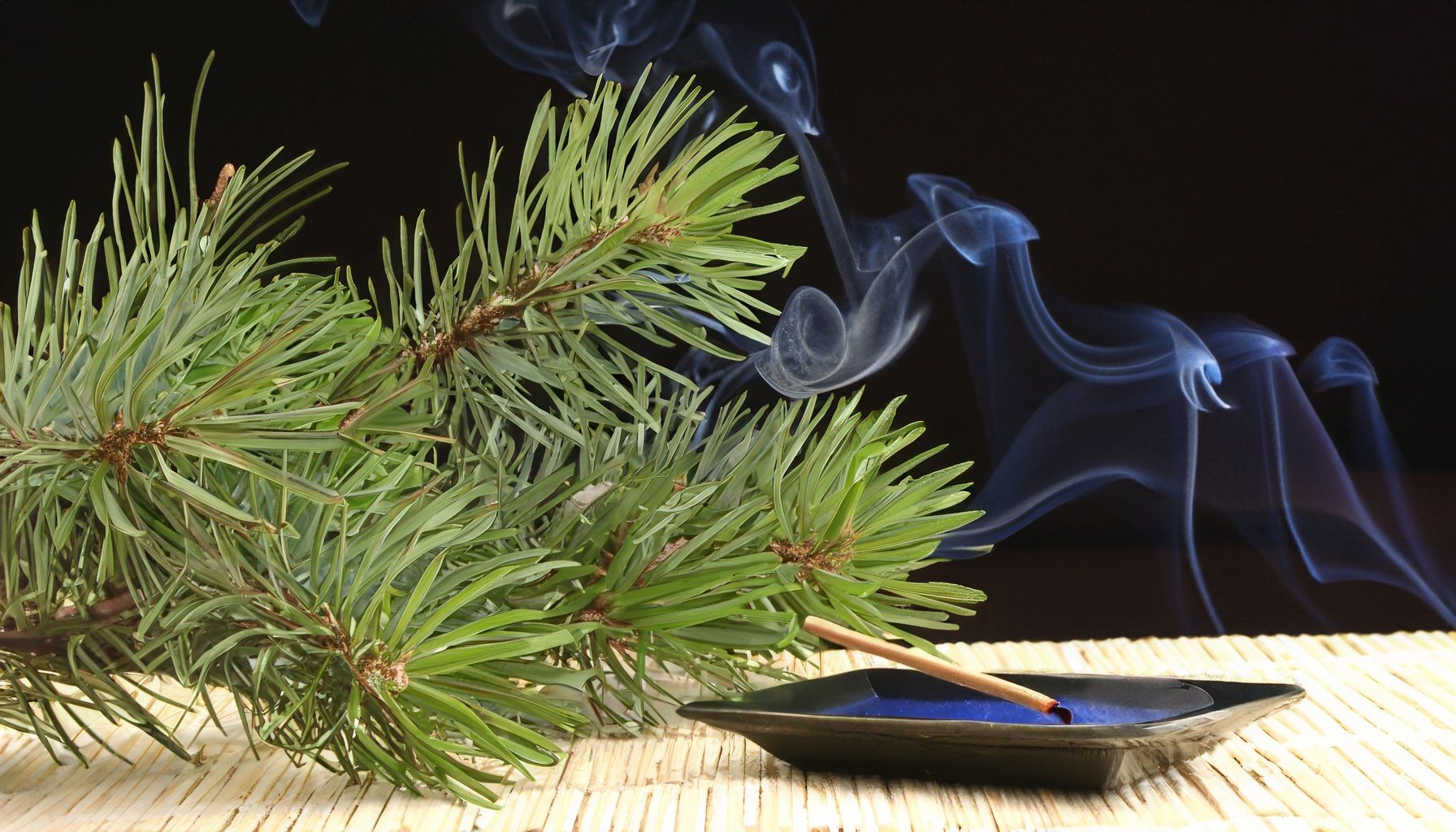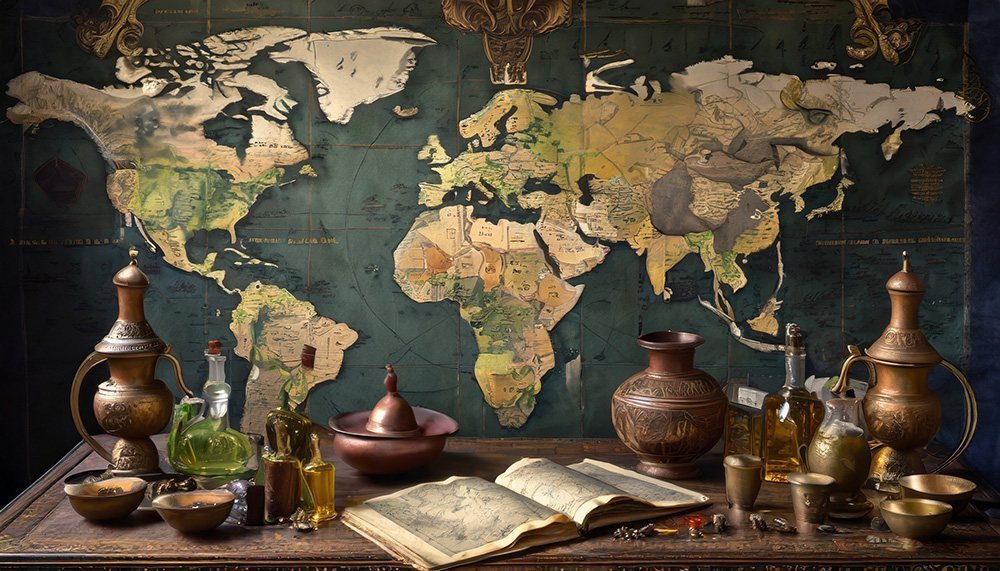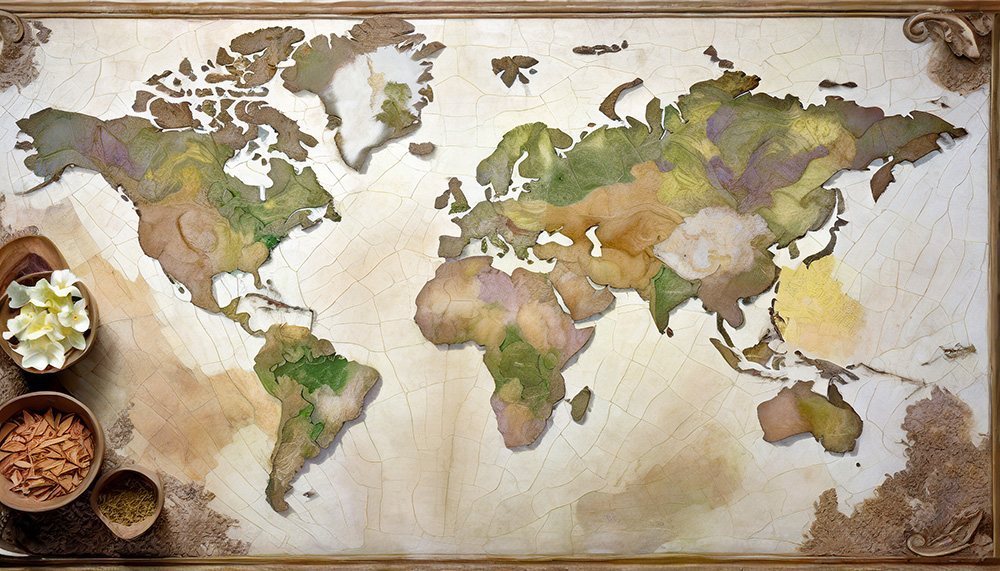
Balsam has a rich history and has been used by various human societies over the centuries for its aromatic properties. Balsam is a term that refers to a variety of natural resinous substances obtained from trees and plants. It has been utilized for religious rituals, medical treatments, and perfumery since ancient times.
Ancient Civilizations
- Egyptians: Balsam was used in ancient Egypt for embalming and other ceremonial practices. It was highly prized for its aromatic properties and was often associated with the divine.
- Greeks and Romans: These civilizations also valued balsam. It was used in religious ceremonies and was considered a luxury item. In the medicinal field, it was used as a remedy for various ailments.
Middle Ages
- Europe: Balsam continued to be popular in Europe throughout the Middle Ages. It was often used in religious ceremonies and as a medicinal treatment.
- Asia: In Asian cultures, balsam was used in traditional medicine and also had spiritual significance.
Colonial Era
- Trade: Balsam became a part of the global trade. Its aromatic properties were sought after in various parts of the world. The Europeans and Asians traded balsam extensively.
Modern Times
- Perfumery: Balsam’s rich and warm aroma has made it a popular ingredient in modern perfumery. It is used to create depth and warmth in a variety of fragrances.
- Medicine: The medicinal properties of balsam, especially its anti-inflammatory and antiseptic qualities, are still recognized and employed in traditional and some areas of mainstream medicine.
Environmental Concerns
With the increasing demand for balsam in various industries, there have been concerns about the sustainability of harvesting and production methods. Over-exploitation and unsustainable practices can lead to a decrease in balsam-producing tree populations, affecting biodiversity and ecosystem health.
Sustainable Practices
There is a growing emphasis on sustainable practices to ensure that the production of balsam does not adversely affect the environment. These practices include regulated harvesting, reforestation programs, and ethical sourcing to preserve the natural habitats of balsam-producing trees and plants.
Regulations and Policies
Various countries and international bodies are working to implement policies and regulations to manage and conserve balsam resources effectively. This involves cooperation between governments, industries, and communities to strike a balance between economic benefit and environmental conservation.
In conclusion, the history of balsam as an aromatic is marked by its extensive use in religious, medicinal, and perfumery contexts across different civilizations and eras. The modern challenge lies in balancing the demand for balsam with sustainable and ethical practices to preserve and protect the environment.




